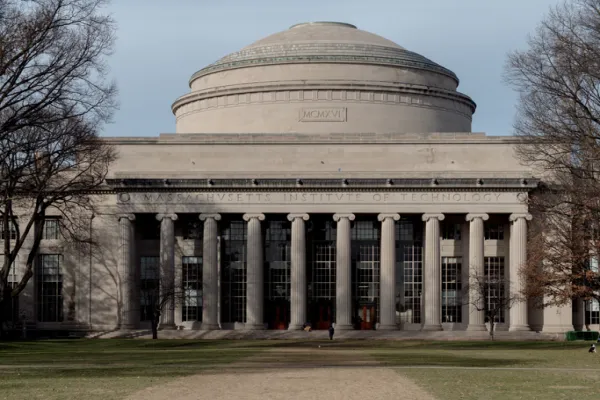Financial services professionals tend to believe that low taxes are a good thing. This position is no doubt influenced by their high salaries, but it also seems to be based on the argument that reducing taxes helps to spur economic growth and stimulate jobs. It’s Republiconomics 101, and I actually see the logic in that position. Now, let me flip this around for a second. I wonder if these same individuals would see logic in my argument that the financial services sector has become a tax on savers and entrepreneurs and this tax too should be cut (and dramatically)? What do you think?
Anyway, that was just sort of a random thought, which I’m sure insulted more than one of my readers (sorry), but it does have a small tie in to the rest of this post: The community of institutional investors has been working (quite hard actually) to reduce this tax by developing in-house expertise to deploy capital on a direct basis. As a Reuters article recently reminded us, “Tired of the hefty fees charged by private equity firms and wanting more say over what they buy, big investors like pension funds and insurers are taking matters into their own hands.” Indeed they are. In fact, it’s gotten to the point where it’s actually hard to name funds that are entirely outsourced; you have to dig into the small and medium size pension funds in the US and Australia, for example.
As for the big funds, they’re moving assets in house at a rapid clip. For example, CalPERS has more than 80 percent of its public equities in house; and NBIM – the bastion of conservatism – has 96% (!) or so of its assets managed internally. The ‘Canadian Model’ (based on in-house asset management) would seem to have replaced the ‘Endowment Model’ (based on diversification and alternatives) as the ‘model du jour’ among institutional investors. I’d argue that this is the world of “Direct Investing 1.0”; it is about shifting the balance of power away from asset managers towards asset owners, and it’s increasingly common.
But before you get too comfy, some funds are already beginning to move onto the next iteration of direct investing.
The retreat of banks due to regulation and deleveraging has left some very interesting opportunities in financial markets for new players. Indeed, institutional investors now have the opportunity to get involved in a variety of new financing opportunities, such as providing project finance for infrastructure, bridge loans to companies, credit facilities, and a whole range of other products and services.
As I see it, this is Direct Investing 2.0. This is a world characterized by pensions and sovereign funds developing relationships directly with companies and governments.
Institutional investors are stepping in to fill (some of) the void left by commercial banks. They’re extending themselves into the offices of CFOs and CEOs. They are forging deeper relationships with companies and are, by the nature of these new relationships, beginning to develop proprietary and potentially lucrative deal flow. As a result, they are casting aside yet another set of intermediaries (commercial and investment bankers) to further cut fees and minimize agency costs. This is about shifting the balance of power away from banks and brokers back towards savers and entrepreneurs; this is about fostering long-term value creation and avoiding all the “rent seeking” on Wall Street.
Splash! (goes the cold water against your face!) Hold your horses!
Direct Investing 2.0 is ridiculously hard and will demand so much innovation and professionalization among the community of institutional investors it’s almost ridiculous to even talk about it. As a McKinsey report (that talked briefly about some of these concepts) noted, the community of institutional investors will need to “...develop new skills and possibly new organizational models...” and “...building these skills will be a formidable task and require major investments.” True.
But I’m still keen to try to make this work. And, to make things a bit easier, I’d encourage institutional investors to think of this less in terms of “disintermediation” and more in terms of “re-intermediation”. The ‘2.0’ investor will need a new set of consultants and advisors (not for vetting asset managers but for assessing and diligencing companies); it will need a strong network of peers and contacts (potentially under the stewardship of a Chief Networking Officer). And, in addition, we’ll need some smart Stanford engineers (plug) to build us some powerful technologies that can “match make” and introduce “savers” and “builders”. Angel List is a good example... but we need more.
And we need the companies and builders to realize that they need to start thinking about filling their corporate finance needs in creative ways; they must look for the ‘right’ partners to help them build their businesses over the long term. In fact, now that I think about it, I’d say that executing on the DI 2.0 will require the CFOs to completely rethink the way they source their capital, which suggests to me this will be a very long journey.
But I’d happily be proved wrong...






